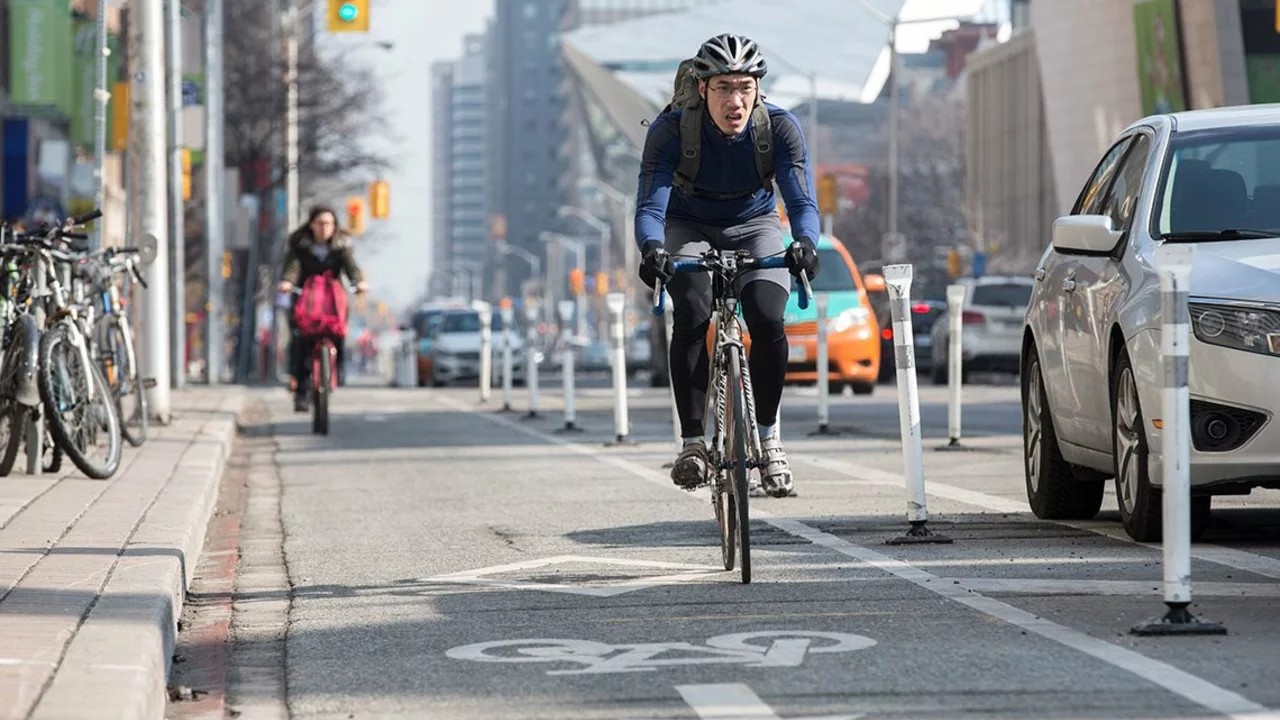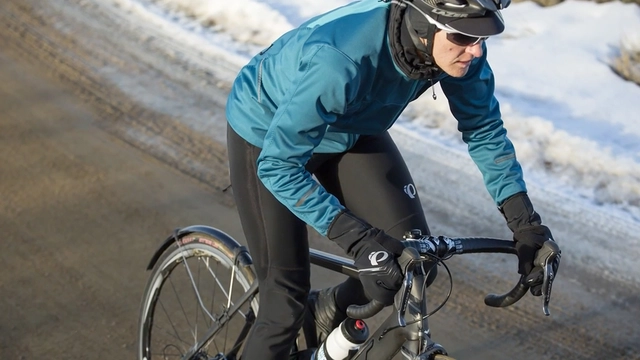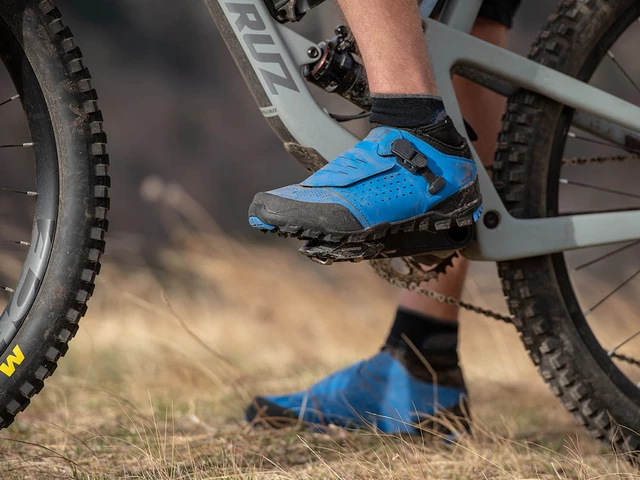Road Biking Basics: Gear, Health Benefits, and Smart Riding Tips
If you love hitting the asphalt on two wheels, you’re in the right place. Road biking isn’t just about speed; it’s about feeling good, staying safe, and getting the most out of every ride. Below you’ll find straightforward advice on shoes, drafting, cardio health, and daily riding habits that any rider can use.
Choosing the Right Shoes for Road Biking
One of the biggest upgrades you can make is swapping your regular sneakers for road‑specific shoes. These shoes have stiff soles that push power directly to the pedals, so you’ll notice a smoother, faster ride. Look for a pair with a snug fit, easy entry (like a BOA dial or Velcro strap), and a compatible cleat system for your pedals. If you sometimes ride off the road, consider shoes with a slight tread on the sole; they give you a bit of walking comfort without sacrificing performance on pavement.
How Drafting Boosts Your Efficiency
Riding directly behind another cyclist—known as drafting—can cut wind resistance by up to 30%. That means you use less energy and can keep a higher speed for longer. To draft safely, stay close but leave enough space to react if the rider in front brakes suddenly. Practice with friends on a calm road before trying it in a busy group. Remember, good drafting relies on trust and clear communication, so a quick heads‑up before you pull ahead or change lanes goes a long way.
Beyond shoes and drafting, road biking delivers solid cardio benefits. A steady 40‑minute ride raises your heart rate into the aerobic zone, which improves cardiovascular health, burns calories, and strengthens leg muscles. You don’t need to push hard every session; a comfortable pace that lets you hold a conversation is enough to see gains over time.
For riders over 50, the low‑impact nature of cycling protects joints while still providing a full‑body workout. Regular rides can lower blood pressure, boost mood, and keep muscles flexible. If you’re new to daily riding, start with short morning trips—maybe 15‑20 minutes—and gradually extend the duration as your fitness improves.
Winter riding is another great way to stay consistent. Invest in thermal bib tights and a waterproof jacket; they lock in heat and keep you dry without adding bulk. Reflective details on your gear make you visible during shorter daylight hours, which adds a safety layer you’ll appreciate.
Finally, make road biking a habit by tying it to something you already do. Ride to work, meet a friend for a coffee after a spin, or set a weekly mileage goal that feels doable. When biking becomes part of your daily routine, you’ll notice higher energy levels, better sleep, and a more positive outlook.
Whether you’re just starting out or looking to fine‑tune your setup, these simple tips can help you get more out of every road biking session. Grab your bike, pick the right shoes, draft smart, and enjoy the health boost that comes with each pedal stroke.
Well, my friends, we're diving into the age-old debate of biking in the suburbs versus the city. Now, if you're a thrill-seeker, you might argue that the city's hustle and bustle make for an exciting ride. However, the 'burbs, with their peaceful streets and fewer cars, tend to take the cake for safety. So, if you want your heart to race, go city. But if you fancy keeping all your teeth intact, I'd suggest the suburbs. Happy pedaling!
Read more





